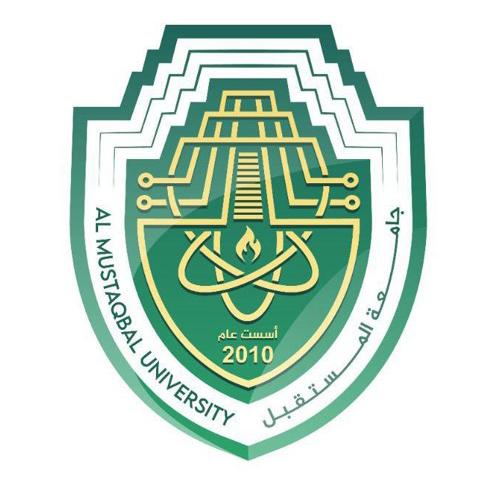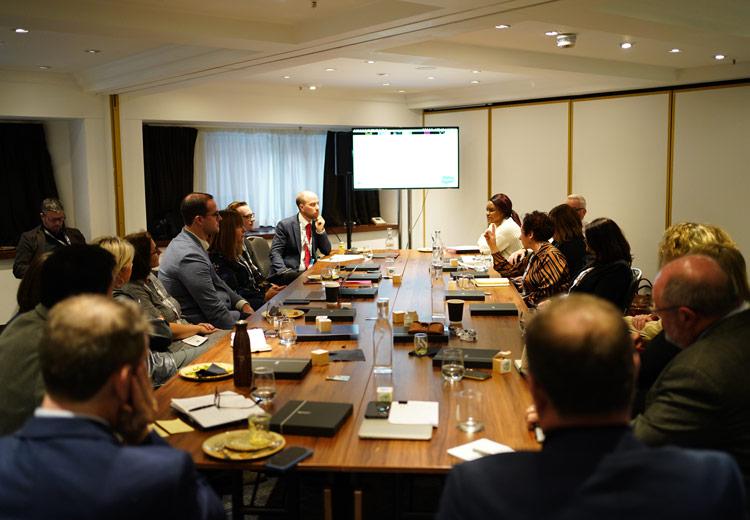
Tips for sharing research findings with diverse audiences
Research impact depends on researchers’ ability to reach the right ears and present content in the right format. Here’s how to tailor your communication – whether for policymakers, peers or the general public
You may also like
Popular resources
In today’s knowledge-driven society, research has pivotal role in advancing our understanding of the world and addressing complex challenges. However, the true impact of research lies in its ability to reach and resonate with different audiences. Effective communication of research findings ensures that knowledge is accessible, relevant and applicable to diverse stakeholders. Whether made up of scientists, policymakers, industry professionals or the general public, each audience requires a tailored approach. Here are strategies for communicating research findings to different audiences.
Understand the audience
Effective communication begins with a deep understanding of the target audience. Researchers must consider the knowledge, expertise and interests of their audience in order to adapt their approach. For instance, when communicating with fellow researchers, the focus should be on technical details, methodologies and the significance of the findings within the context of existing literature. However, for policymakers or industry professionals, the emphasis should be on practical implications, policy recommendations and potential applications of the research.
- Spotlight: Why knowledge exchange is important for universities
- Don’t touch that dial: how to pitch and write for broadcast
- Work like a scientist, don’t sound like one
During a conference presentation, interactivity with the audience may also require adaptation in real time.
Simplify complex concepts for non-experts
Research findings often involve complex concepts and technical jargon that may be difficult for non-experts to grasp. For example, explaining black holes to high school students might require relatable analogies, visuals and simplified language. The goal is to break down complex concepts and engage the audience without overwhelming them with technical details.
However, researchers should strive to simplify complex information without sacrificing accuracy. The use of clear and concise language, visual aids such as graphs or infographics, and examples can help make research findings more accessible to a broader audience. By presenting information in a user-friendly manner, researchers can engage and captivate their audience, fostering a greater understanding and appreciation of the research.
Tailor the message
Different audiences have distinct needs, interests and priorities. Researchers must adapt their message to resonate with each audience. For example, policymakers are often concerned with the societal impact and policy implications of research findings. The goal is to ensure that policymakers have access to the right information and insights to make informed decisions. However, they may have limited time and interest in technical details, and they may require research findings to be presented in a concise and clear manner. To communicate effectively with this audience, researchers should highlight the practical implications of their research and its relevance and potential benefits in addressing pressing societal issues. Researchers should present it in a format that is easy to understand; infographics, policy briefs and executive summaries can be very effective tools for communicating with policymakers.
Practitioners, also often with limited time, may prefer research findings presented through stories, case studies and best-practice examples. Researchers could consider providing practical guidance, sharing examples and making research findings relevant to their work. Webinars and workshops can be effective methods for communicating with practitioners.
Academics may be interested in technical details and may prefer research findings presented through peer-reviewed publications, conference presentations or expert reports.
When addressing the general public, researchers should emphasis the real-world applications and how the findings can improve people’s lives. Researchers should use clear, simple language that is accessible and jargon-free and provide relevant examples. Visual aids such as infographics and videos, as well as podcasts, can be effective formats.
By tailoring the message, researchers can foster meaningful connections and engagement with diverse audiences.
Engage the right communication channels
Choosing the right communication channels is essential for reaching specific audiences. Traditional scientific journals and conferences remain important for disseminating research within the academic community. However, to engage with policymakers, industry professionals and the general public, researchers can explore alternative channels. These may include popular science magazines, press releases, social media platforms, public lectures, podcasts or collaborations with science communicators.
Researchers can familiarise themselves with different communication channels by staying up to date with trends, asking professional networks for advice, conducting audience research, evaluating the scope and reach of channels, considering the nature of their research, balancing accessibility and accuracy, and testing channels and gathering feedback.
By leveraging diverse communication channels, researchers can ensure that their research findings reach a wide range of audiences and have a lasting impact.
Build collaborations and networks
Collaborations and networks play a vital role in bridging the gap between researchers and audiences. Engaging with stakeholders from various fields can increase the impact of research findings. Researchers can collaborate with science journalists, policymakers, educators and industry professionals to ensure that their research is accurately translated, contextualised and integrated into relevant practices and policies. By building strong networks, researchers can amplify the dissemination and application of their research across different sectors.
Attending conferences, joining professional associations, collaborating with peers and industry professionals, using social media and online platforms, engaging with policymakers, and communicating effectively are all actions researchers can take to build their networks. They should actively seek collaborations, be proactive and remain open to interdisciplinary projects.
Building networks takes time and effort, but it allows researchers to connect with like-minded individuals, share their work and increase the impact of their research across different sectors.
Effective communication of research findings to different audiences is crucial for maximising the impact and relevance of research. Researchers must tailor their communication approach to the needs and interests of each audience, simplifying complex concepts while maintaining accuracy. By understanding the audience, adapting the message, leveraging appropriate channels and fostering collaborations, researchers can bridge the gap between their research and various stakeholders. Ultimately, effective communication ensures that research findings are understood, appreciated and used to address real-world challenges and drive positive change.
Mohammed Al-Bahrani is a consultant in the scientific affairs division of Al-Mustaqbal University, Iraq.
If you would like advice and insight from academics and university staff delivered direct to your inbox each week, sign up for the Campus newsletter.





Comments (0)
or in order to add a comment